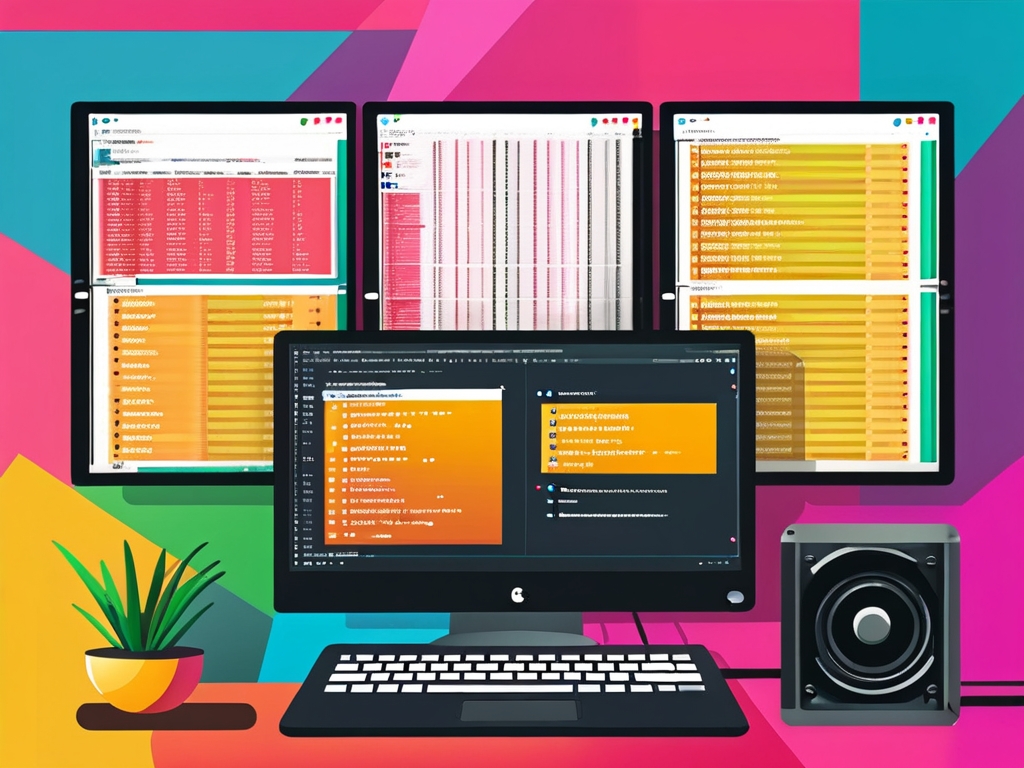Embedded systems form the backbone of modern technology, powering everything from smart home devices to industrial automation. For students, hobbyists, and professionals, participating in embedded development competitions is an excellent way to hone technical skills, innovate, and network with industry experts. This article explores some of the most prestigious and impactful embedded development competitions worldwide, offering insights into their formats, goals, and how to get involved.
1. IEEE/ACM International Student Design Competition (ISDC)
Organized by the Institute of Electrical and Electronics Engineers (IEEE) and the Association for Computing Machinery (ACM), the ISDC challenges participants to design embedded systems that address real-world problems. Teams are evaluated on creativity, technical execution, and scalability. Past themes have included energy-efficient IoT solutions and AI-driven robotics. Open to undergraduate and graduate students, this competition emphasizes interdisciplinary collaboration and often leads to internships or research opportunities.
2. National Collegiate Embedded Systems Competition (China)
A flagship event in Asia, this competition attracts thousands of engineering students from Chinese universities. Participants tackle tasks like optimizing real-time operating systems (RTOS), designing low-power sensor networks, or creating autonomous drones. The competition includes regional heats and a national final, with judging criteria focusing on innovation, code efficiency, and system reliability. Winners frequently secure job offers from top tech firms like Huawei and DJI.
3. Hackaday Prize
A global open-source hardware competition, the Hackaday Prize invites innovators to build projects that “solve the world’s problems” using embedded systems. Categories range from robotics to climate tech, with a strong emphasis on open-source contributions. Unlike traditional contests, the Hackaday Prize rewards documentation and community engagement, making it ideal for hobbyists and indie developers. Past winners have included affordable medical devices and sustainable agriculture tools.

4. RoboMaster Youth Championship
Hosted by DJI, the RoboMaster Youth Championship combines robotics and embedded systems in a thrilling arena battle format. Teams design autonomous or semi-autonomous robots to complete tasks like object recognition, navigation, and tactical maneuvers. The competition tests both hardware and software skills, requiring participants to integrate sensors, actuators, and machine learning algorithms. It’s particularly popular among high school and university students in STEM fields.
5. ARM Design Contest
Sponsored by ARM Holdings, this competition focuses on applications of ARM-based microcontrollers. Participants use platforms like Raspberry Pi Pico or STM32 boards to create projects in areas such as edge computing, wearable tech, or smart cities. Submissions are judged on technical complexity, market potential, and alignment with ARM’s ecosystem. Winners receive mentorship from ARM engineers and exposure to venture capitalists.

6. Google Code-in (Embedded Systems Track)
While Google Code-in primarily targets open-source software contributions, its embedded systems track allows teenagers (ages 13–17) to work on real-world projects with organizations like Arduino and FreeRTOS. Tasks include writing drivers, optimizing firmware, or prototyping IoT devices. This competition is ideal for younger enthusiasts looking to gain hands-on experience and connect with mentors.
7. European Space Agency’s CanSat Competition
A unique challenge for aerospace enthusiasts, the CanSat Competition tasks teams with building a soda-can-sized satellite containing embedded sensors. The “satellite” must transmit data during a rocket launch and parachute descent. This competition tests skills in miniaturization, wireless communication, and data analysis, with winners often advancing to internships at ESA or partner companies.
8. MITRE Embedded Systems Challenge
Hosted by the MITRE Corporation, a U.S.-based nonprofit, this competition focuses on cybersecurity for embedded systems. Participants must identify vulnerabilities in IoT devices, industrial controllers, or automotive systems and propose secure solutions. The event is open to both students and professionals, emphasizing the growing importance of security in embedded technologies.
How to Choose the Right Competition
- Skill Level: Beginners might prefer Hackaday Prize or Google Code-in, while advanced developers can aim for IEEE ISDC or MITRE’s challenge.
- Interests: Align with themes like robotics (RoboMaster), sustainability (Hackaday), or aerospace (CanSat).
- Career Goals: Competitions like ARM Design or MITRE offer direct industry connections.
Benefits of Participating
- Skill Development: Hands-on experience with RTOS, PCB design, and sensor integration.
- Networking: Connect with judges from companies like Intel, NVIDIA, or Qualcomm.
- Portfolio Building: Winning projects enhance resumes and GitHub profiles.
Embedded development competitions provide a dynamic platform to push technical boundaries and solve pressing global challenges. Whether you’re a student seeking industry exposure or a professional aiming to innovate, these events offer unparalleled opportunities to learn, collaborate, and shine. Start by exploring one or two competitions that align with your goals—and let your engineering creativity take flight!

